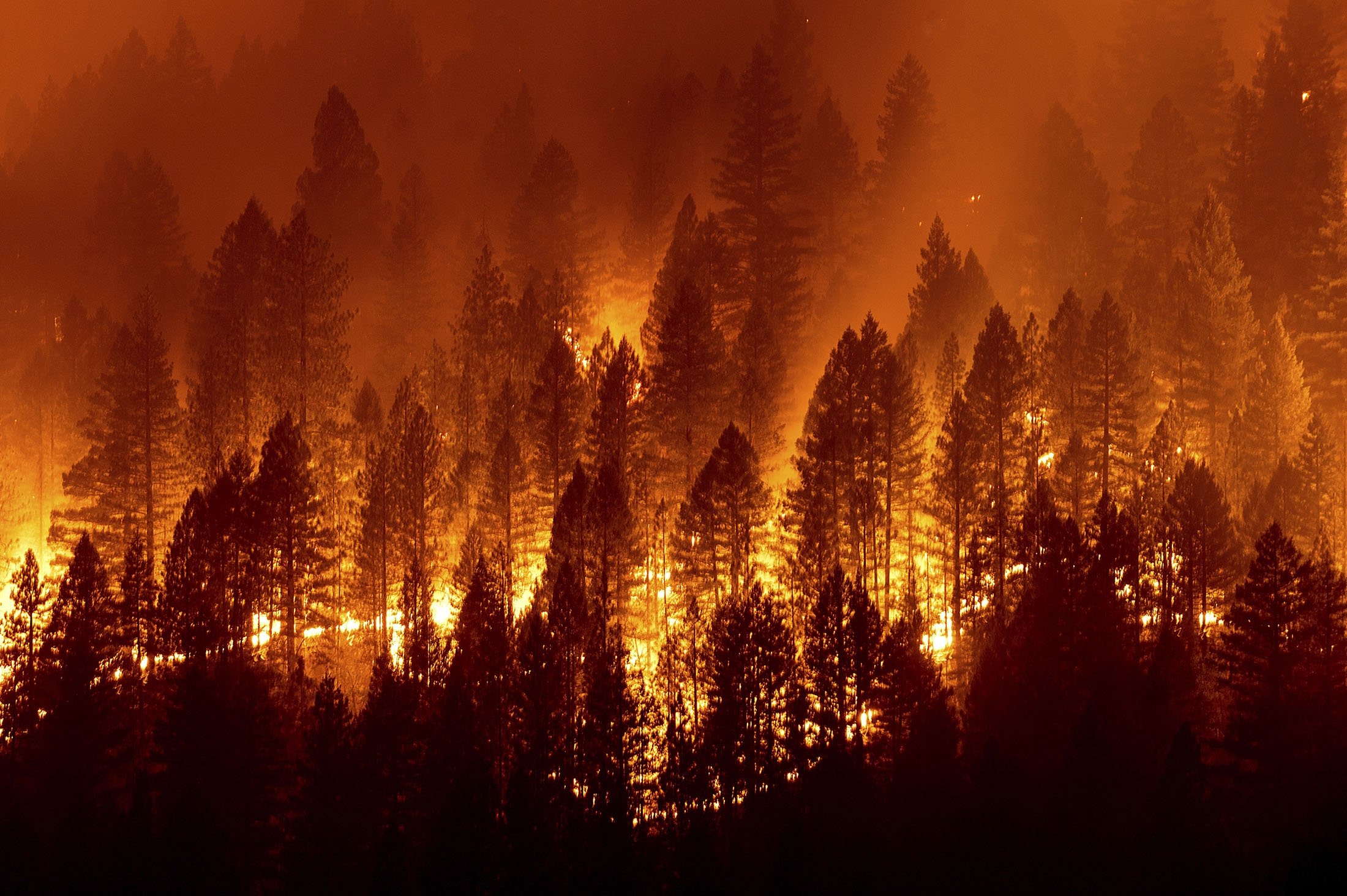LA WILDFIRE Lawsuit
From January 7 to 31, 2025, a series of 14 destructive wildfires affected the Los Angeles metropolitan area and San Diego County in California, United States.[5] The fires were exacerbated by drought conditions, low humidity, a buildup of vegetation from the previous winter, and hurricane-force Santa Ana winds, which in some places reached 100 miles per hour (160 km/h; 45 m/s). As of January 31, 2025, the wildfires have killed at least 29 people,[6] forced more than 200,000 to evacuate, and destroyed more than 18,000 homes and structures. The wildfires burned over 57,000 acres (23,000 ha) of land in total.
Most of the damage was from the two largest fires: the Eaton Fire in Altadena and the Palisades Fire in Pacific Palisades, both of which were fully contained on January 31, 2025. Municipal fire departments and the California Department of Forestry and Fire Protection (CAL FIRE) fought the property fires and wildfires, which were extinguished by tactical aircraft alongside ground firefighting teams. The deaths and damage to property from these two fires made them likely the second and third-most destructive fires in California's history, respectively.
You may qualify for potential legal compensation if you’ve been injured in a LA California Wildfire. The Justice can put you in contact with a personal injury lawyer ready to take your case. Act now and pursue the justice you deserve.
It's completely free of charge.

Background
Storm Prediction Center fire weather outlooks from January 7 to 10
The windstorm and resulting fire danger were well forecast. On January 1, the Lachman Fire broke out. The Lachman Fire was contained at 4:46 a.m. local time and was limited to only eight acres and did not destroy any structures. The Palisades Fire was later reported to start from a similar spot as to where the Lachman Fire started. On January 2, the National Interagency Fire Center (NIFC) warned that conditions in Southern California fostered "above normal significant fire potential". That same day, local National Weather Service (NWS) forecasts noted the potential for intense fires and issued a Fire Weather Watch.
On January 3, the Storm Prediction Center (SPC) forecast a critical risk of fire weather that would occur on January 8, and by January 7, on the first day of critical fire weather in the area, the SPC forecasted an extremely critical risk for Fire Weather for January 8. Subsequent days since January 9 up to January 15 have had at least a critical fire weather risk issued for Southern California, with January 13–14 having back to back Extremely Critical Fire Risks. On January 17, they issued a Critical Fire Risk for January 20–21, with the former upgraded to Extremely Critical Risk by January 19, the latter also upgraded to Extremely Critical by January 20. Later on January 20, the SPC also forecasted Critical fire weather for January 22–23.
The NWS issued a red flag warning, denoting the most extreme fire danger, for Los Angeles and Ventura counties, calling it a "particularly dangerous situation" that posed high risk to life and property. The warning emphasized that fires could rapidly grow due to powerful winds and low humidity. Southern California had become increasingly arid since late summer 2024, with storm systems predominantly affecting the Pacific Northwest and Northern California instead, as a result of the El Niño–Southern Oscillation (ENSO) shifting from El Niño to La Niña. La Niña conditions had emerged over the tropical Pacific Ocean by December 2024. By late December 2024, most of Los Angeles County had entered moderate drought status, creating heightened fire vulnerability due to desiccated vegetation in what was traditionally the region's wet season
